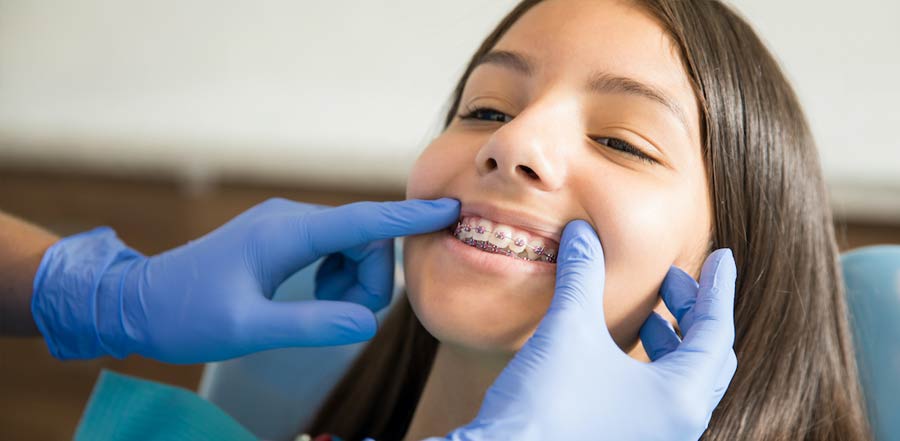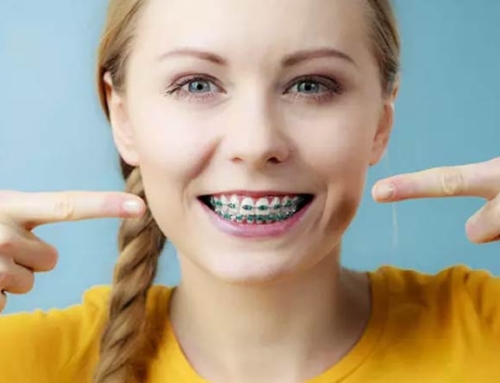Do braces hurt to put on my teeth?
This topic may seem a bit elementary to many at first glance, but I get these questions all the time at my orthodontic practice. Over the years we have performed over 20,000 orthodontic treatments and although everyone’s case is unique we get a lot of very similar fears, concerns, and questions. Most people have seen braces on someone they know before they come to our office, but they really don’t understand how they work or how they get on the teeth to begin with. Patients will look at the model teeth with braces on them on top of the consultation table and ask me, “How is it that braces actually work? How do they get on my teeth? Do you screw them on?”
How do braces work?
Braces have come a very long way since they were invented in 1728. There have been several advancements in orthodontics that have made braces smaller, less noticeable, more comfortable and now they even come in a variety of materials and colors. The way most modern braces work today is that an orthodontic specialist (a dental specialist who is an expert in moving teeth and correcting bites) takes measurements and X-rays to determine the exact need of the patient and develops a treatment plan for the patient. Based on this plan the orthodontist then prepares the surface of the teeth (basically cleans the teeth with a highspeed toothbrush) and then places the brackets (braces) on the teeth by cementing (dental adhesive) them on the teeth and then curing them with a special light in order to bond them together. There is no screwing and most of the time there are no metal rings that have to be fit around the teeth unless there are special appliances that need to be anchored to the teeth. An archwire (typically a metal wire) is then tied to the braces to connect them together and begin the process of applying pressure to the teeth in order to get them to move in the intended direction. After the braces are put on teeth in the initial appointment then the braces and wires will be monitored and adjusted by the orthodontist periodically (typically every 4-6 weeks) until the teeth and bite are correct. The entire process typically ranges from 12-24 months, but this can change based on the needs of the patient and the difficulty of the case. After braces, the patients’ teeth and the bite should be in their ideal location and retainers will be made to fit the final position of the teeth.
Do braces hurt to put on my teeth?
Putting braces on your teeth does not hurt. As mentioned above the braces are not screwed onto the teeth as they are glued/cemented to the teeth which requires very little pressure and is typically not painful. The pain or soreness that some patients feel does not occur during the process of putting on the braces. The discomfort that some patients describe is caused by the movement of the teeth that occurs after the braces are placed on the teeth. The pain is typically felt for a few days and then the patient becomes accustomed to the braces. There are plenty of tricks that patients can use to minimize the pain felt on the initial 2-3 day period of soreness such as a braces friendly diet, taking an aspirin and/or using plenty of orthodontic wax on the braces. Braces take a little getting used to but the benefit of having a beautiful smile for a lifetime far outweighs the initial discomfort.





